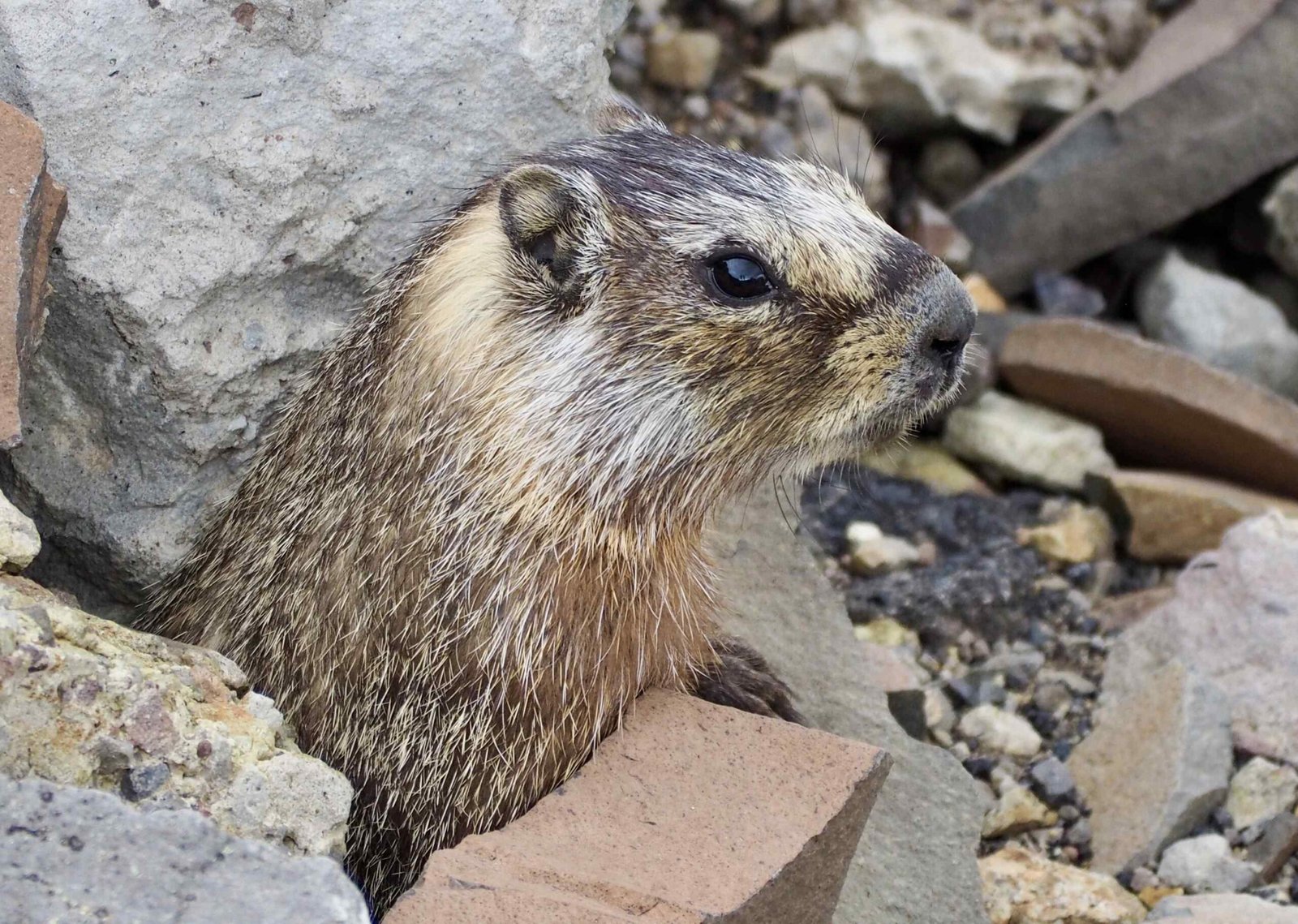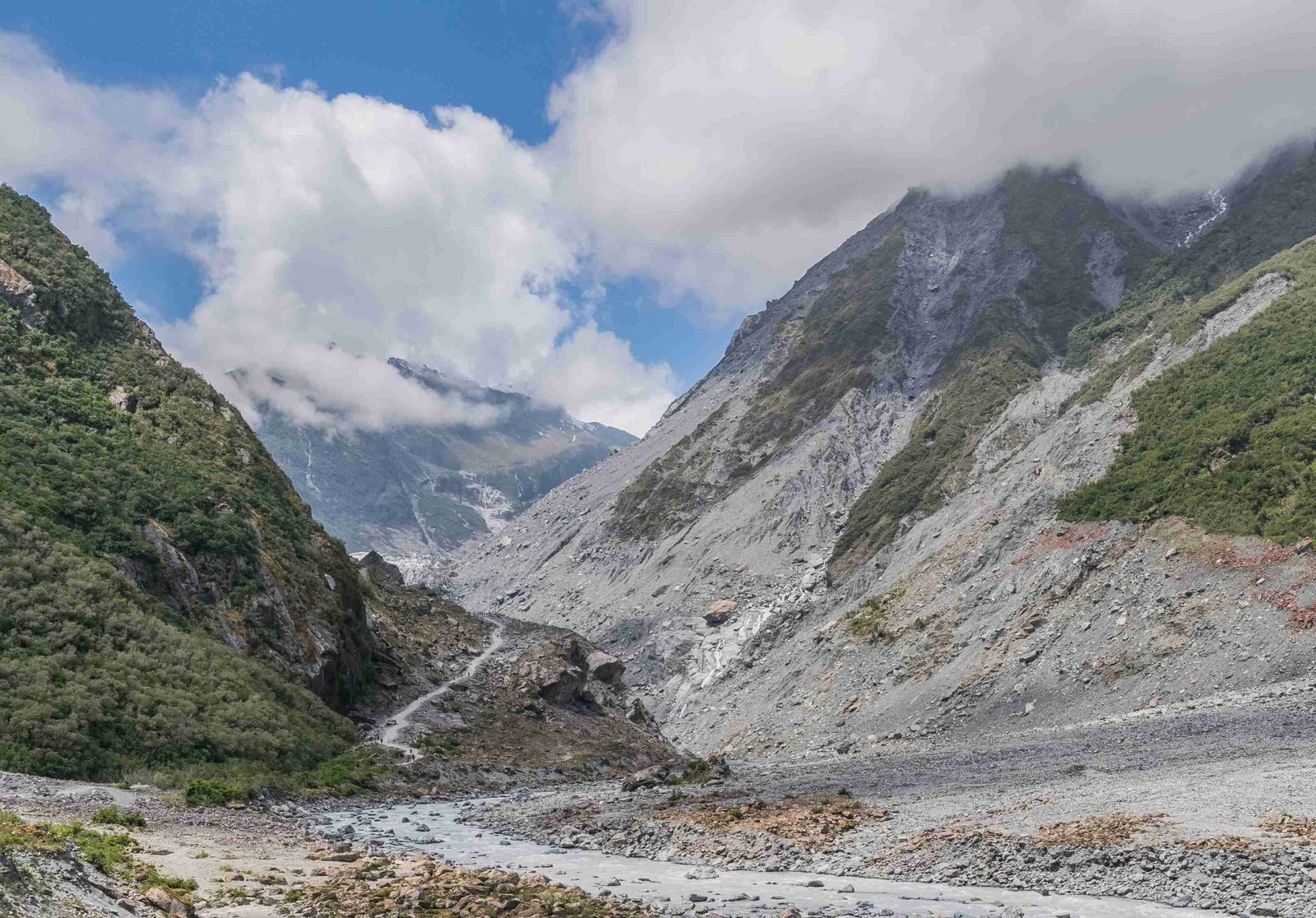In a dramatic display of nature’s raw power, a grizzly bear was captured on video killing a moose calf in Glacier National Park. The incident, which occurred near the Many Glacier Hotel on Swiftcurrent Lake, showcased the harsh realities of predator-prey interactions in the wild. This event not only highlighted the survival instincts of both grizzly bears and moose but also raised questions about wildlife management and visitor safety in national parks.
What Happened During the Grizzly Bear Attack on the Moose Calf?

The grizzly bear attack on the moose calf in Glacier National Park unfolded in a series of intense moments captured on video:
- Initial Attack: The first video showed the grizzly bear mauling one of two moose calves while the mother moose watched helplessly from the water.
- Maternal Defense: In a subsequent video, the mother moose charged at the grizzly bear, forcing it to flee and crash into the Many Glacier Hotel.
- Standoff: A third video captured a tense standoff between the cow moose and the grizzly bear along the shore of Swiftcurrent Lake, with the moose successfully forcing the bear to retreat once again.
This incident provides a rare glimpse into the natural predator-prey dynamics that occur in Glacier National Park, often unseen by human eyes.
Why Do Grizzly Bears Target Moose Calves?

Grizzly bears are opportunistic omnivores, and their diet varies depending on food availability. Here’s why moose calves are particularly vulnerable to grizzly predation:
- Easy Targets: Moose calves, especially in their first few weeks of life, are relatively slow and inexperienced, making them easier prey for grizzlies.
- Nutritional Value: Calves provide a high-calorie meal for grizzly bears, especially important after emerging from hibernation.
- Seasonal Timing: The birth of moose calves often coincides with the period when grizzly bears are most active and in need of substantial nutrition.
- Habitat Overlap: Both grizzly bears and moose inhabit similar ecosystems, increasing the likelihood of encounters.
How Common Are Grizzly Bear Attacks on Moose Calves in Glacier National Park?
While specific statistics for Glacier National Park are not readily available, grizzly bear predation on moose calves is a natural occurrence in ecosystems where these species coexist. Here’s what we know:
- Grizzly bears are significant predators of young ungulates, including moose calves.
- Predation is most common during spring and early summer when calves are most vulnerable.
- The frequency of such events can vary based on factors like population densities, habitat conditions, and alternative food sources for grizzly bears.
It’s important to note that while these events may seem dramatic to human observers, they are part of the natural ecological balance in places like Glacier National Park.
What Are the Implications for Wildlife Management in Glacier National Park?
The incident of a grizzly killing a moose calf in Glacier National Park has several implications for wildlife management:
- Monitoring: Park rangers and wildlife biologists must continue to closely monitor areas where grizzly bears and moose are known to interact, especially during calving season.
- Intervention: In some cases, like the incident described, park officers may need to intervene to prevent further conflicts or protect visitors. For example, after the attack, park officers hazed the moose and her surviving calf away from the hotel and into the woods.
- Visitor Education: This event underscores the importance of educating park visitors about wildlife behavior and safety protocols.
- Habitat Management: Park managers may need to consider strategies to minimize human-wildlife conflicts in high-traffic areas like the Many Glacier Hotel.
How Can Visitors Stay Safe During Wildlife Encounters in Glacier National Park?
To ensure safety during wildlife encounters, visitors to Glacier National Park should follow these guidelines:
- Maintain Distance: Stay at least 100 yards away from bears and wolves, and 25 yards from all other wildlife.
- Use Binoculars: For a closer view, use binoculars or telephoto lenses instead of approaching animals.
- Make Noise: When hiking, make noise to alert animals of your presence and avoid surprise encounters.
- Carry Bear Spray: Know how to use bear spray and keep it easily accessible.
- Travel in Groups: Hiking in groups reduces the risk of wildlife encounters.
- Be Aware: Stay alert and watch for signs of wildlife, especially in areas with limited visibility.
- Follow Park Rules: Adhere to all park regulations regarding wildlife and trail usage.
What Educational Programs Does Glacier National Park Offer About Wildlife?
Glacier National Park provides various educational opportunities for visitors to learn about wildlife, including:
- Ranger-Led Programs: These include hikes, talks, and campfire programs that often cover topics such as wildlife behavior and habitat.
- Visitor Center Exhibits: The park’s visitor centers offer informative displays and materials about local wildlife.
- Junior Ranger Program: This program engages young visitors in learning about park ecology and wildlife.
- Online Resources: The park’s website provides extensive information about wildlife safety and conservation efforts.
- Interpretive Signs: Throughout the park, signs offer information about local flora and fauna.
While there may not be programs specifically focused on grizzly bear predation of moose calves, these educational initiatives help visitors understand the complex ecosystems within the park.
How Does This Event Reflect the Broader Ecosystem of Glacier National Park?
The grizzly bear’s predation of a moose calf in Glacier National Park is a microcosm of the park’s broader ecosystem:
- Predator-Prey Dynamics: It illustrates the natural balance between predators and prey in a healthy ecosystem.
- Biodiversity: The event showcases the diverse wildlife that calls Glacier National Park home.
- Adaptation: Both the grizzly bear’s hunting behavior and the moose’s defensive actions demonstrate species adaptation.
- Seasonal Patterns: This spring/early summer event aligns with typical seasonal patterns of wildlife behavior in the park.
- Human-Wildlife Interface: The incident’s proximity to the Many Glacier Hotel highlights the close interaction between human spaces and wildlife habitats in national parks.
Understanding these interactions is crucial for both park management and visitor appreciation of Glacier National Park’s complex and dynamic ecosystem.
References:
- https://www.earthtouchnews.com/natural-world/predator-vs-prey/watch-moose-mom-protects-her-calves-from-a-hungry-black-bear/
- https://www.fieldandstream.com/survival/moose-charges-grizzly-bear-glacier-national-park
- https://www.wftv.com/news/trending/watch-mama-moose-chases-grizzly-bear-after-calf-attacked/TTJR6CO63ZH7DMA3VVILEZXTXI/